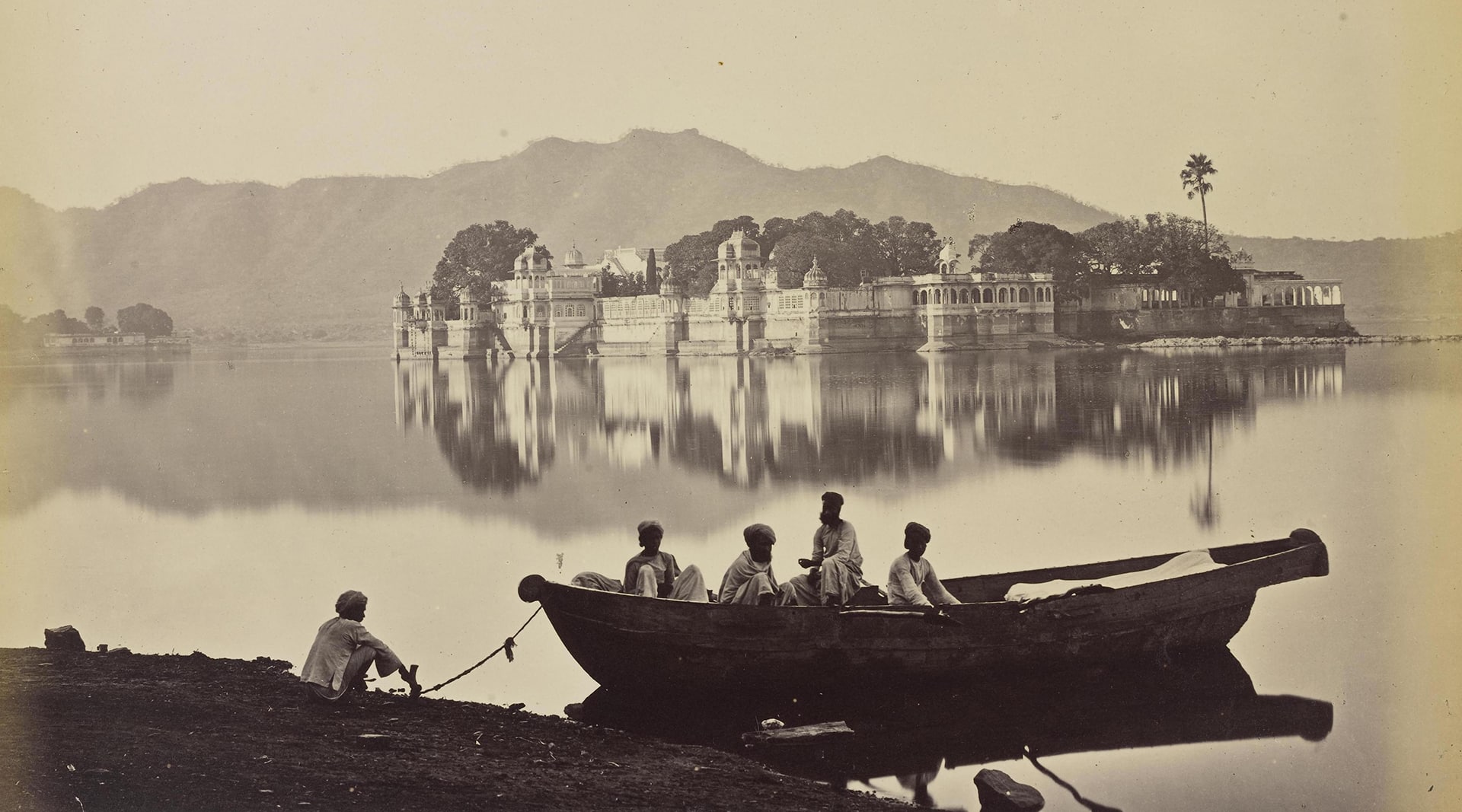As we approach the end of the year, the Guimet Museum is devoting two temporary exhibitions to photography. One of them, India, in the Mirror of Photographers paints a portrait of historical India in the second half of the nineteenth century as revealed by the photography of European colonists.

You’re getting blind.
Don’t miss the best of visual arts. Subscribe for $9 per month or $108 $90 per year.
Already suscribed ?



